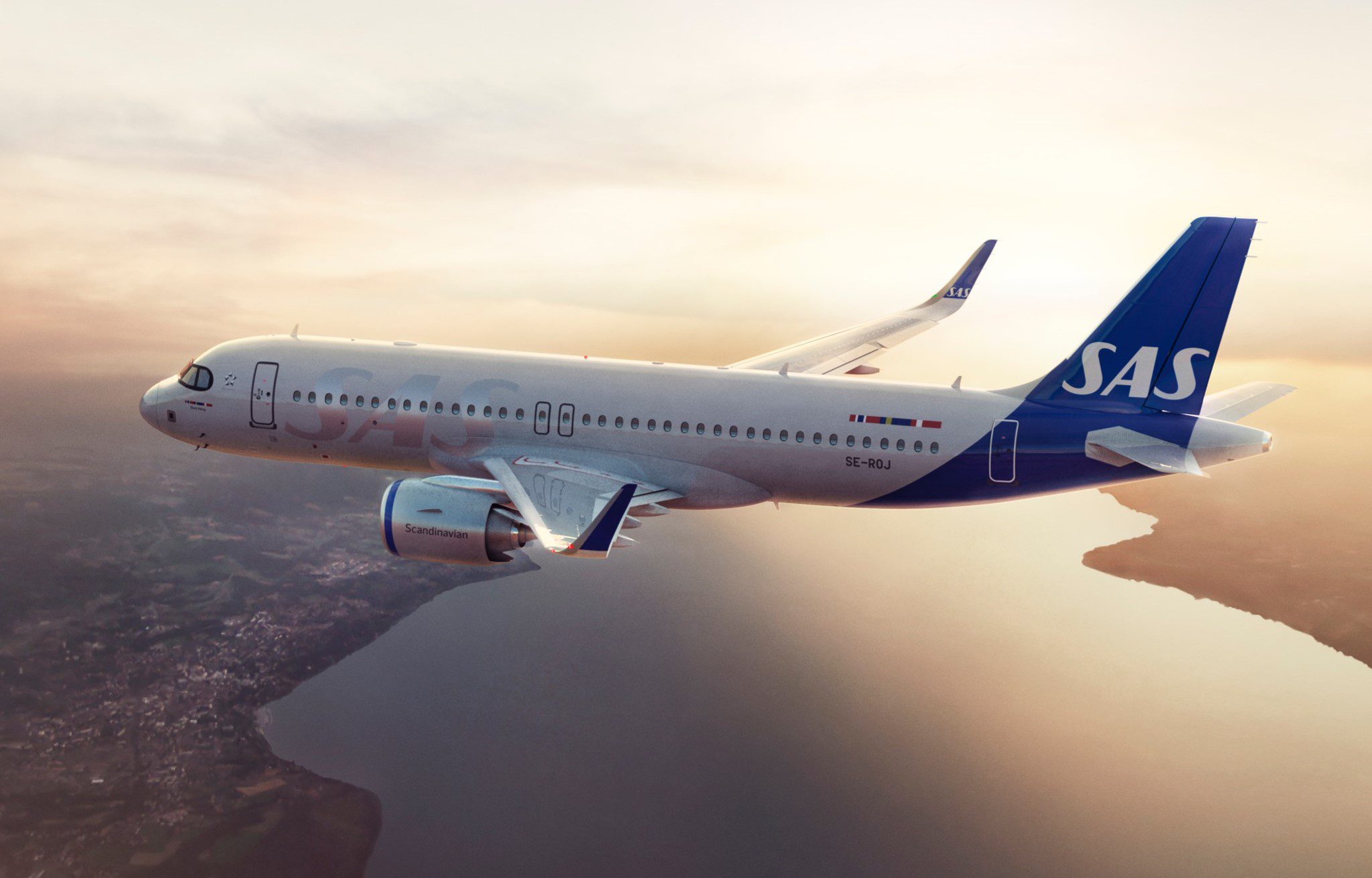
242871745 10165719095030788 4852948224216511144 n
SAS continues to write red numbers, reporting higher operating and net losses for both Q2 and HY1 of the financial year 2023 today. Only revenues and the earnings before tax show an improvement, but the Scandinavian airline remains in a difficult financial position just months before it hopes to exit Chapter 11 bankruptcy protection. Losses SAS continue to grow in Q2 and HY1.
The carrier reported a SEK-1.523 billion net loss for Q2 compared to SEK-1.520 billion in the same February-April period of FY22. Including financial costs and revaluations, the comprehensive loss was SEK-2.529 billion compared to SEK-1.631 billion.
Revenues improved to SEK 8.955 billion from SEK 7.048 billion, thanks to 36 percent more passengers carried to 5.4 million. Currency-adjusted passenger revenues rose 48 percent, attributable to higher capacity (available seat kilometers) as ten new routes were opened. The load factor was 74.3 percent, up 7.4 percentage points year on year.
Operating expenses increased to SEK 9.941 billion from SEK 7.811, with fuel 32 percent more expensive at SEK 2.4 billion (currency adjusted). This resulted in earnings before tax (EBT) of SEK-1.414, up from SEK-1.557 billion in Q2 2022.
For HY1 (November-April), the net loss was SEK-4.234 billion compared to SEK-3.962 billion while the comprehensive loss increased to SEK-4.244 billion. Revenues were SEK 16.851 billion, up from SEK 12.593 billion. Total expenses were SEK 20.471 billion versus SEK 14.685 billion. Fuel costs were up 54 percent when currency adjusted to SEK 4.9 billion. EBT was SEK-3.863 billion versus SEK-4.154 billion, cash flow was SEK 3.094 billion.
SAS ended April with SEK 5.6 billion in cash and SEK 30.4 billion in net debt, which was a decrease of SEK 3.3 billion attributable to a positive cash flow before financing activities, currency revaluations, and the rejection of lease contracts under the Chapter 11 procedure.
Equity solicitation procedure is launched
As reported on May 15, SAS got permission to launch the equity sollicitation procedure which should generate SEK 9.5 billion in fresh capital and also restructure net debt by SEK 20 billion. This process is expected to be concluded in August. As part of the Chapter 11 restructuring and the SAS FORWARD program, the airline entered sale and leasebacks for ten Airbus A320neo family aircraft with Aviation Capital Group.
This summer will be busy for SAS. “As part of SAS’ strategy to strengthen our offering for Scandinavian travelers, we have increased our capacity with another ten routes for the upcoming summer and autumn as well as adding frequencies to popular destinations. The new routes are an addition to the twenty new routes announced in the first quarter this year.”
This June, SAS will return to Tokyo Haneda three times a week. During Q2, three new routes to New York were added to the schedule from Copenhagen airport to JFK in February and from Gothenburg and Aalborg to New York in April. This autumn, the airline will bring back a direct route from Copenhagen to Bangkok. In November, the carrier will return to Africa for the first time in decades, offering weekly flights to Agadir (Morocco) from Copenhagen and Stockholm until the end of March.
Outlook
SAS reiterates its financial guidance from April when it said that it expects revenues to exceed SEK 40 billion in FY23 and return to pre-Covid levels in FY24. In FY26, revenues should reach around SEK 58 billion. EBT will be negative this year between SEK -4 and -5 billion, “given that many of the cost-efficiencies of the SAS FORWARD plan are either ramping up over the fiscal year 2023, or have been implemented but cannot be recognized in the company’s financial results until post-emergence from the Chapter 11 process, including cost savings resulting from the fleet restructuring.”
SAS expects to reach positive EBT in FY24 and reach SEK 5–6 billion in FY26, which corresponds to an EBT margin of nine to ten percent when the SAS FORWARD plan should have been fully implemented. “In 2023, debt or debt-like items of SEK 20 billion are expected to have been converted into equity of the reorganized SAS or otherwise substantially reduced in value to such creditors through the Chapter 11 process. After emergence, SAS expects its net debt to be at approximately SEK 17 billion (the majority of debt comprised of aircraft debt and lease liabilities).”
“Assuming successful completion of the SAS FORWARD plan, SAS expects to attain a strong financial position and to be close to net debt free by the end of fiscal year 2026. Assuming a raise of SEK 9.5 billion, as modified by actual liquidity results of the company and its liquidity demands upon exit, SAS expects its liquidity level to significantly exceed the estimated fifteen percent, which was stated in the financial projections published in September 2022.”
Views: 1



